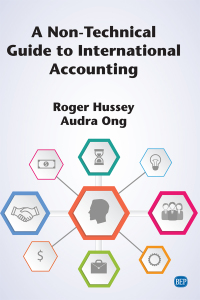Question
During its deliberations on the Sarbanes-Oxley Act, the U.S. Senate considered numerous reports evaluating the quality of work done by external auditors. One study by
During its deliberations on the Sarbanes-Oxley Act, the U.S. Senate considered numerous reports evaluating the quality of work done by external auditors. One study by Weiss Ratings, Inc., focused on auditors ability to predict bankruptcy. The study criticized auditors for failing to identify and report going-concern problems for audit clients that later went bankrupt. Based on a sample of 45 bankrupt companies, the Weiss study concluded that had auditors noted unusual levels for just two of seven typical financial ratios, they would have identified 89 percent of the sample companies that later went bankrupt. A follow-up to the Weiss study found that had the criteria in the Weiss study been applied to a larger sample of nonbankrupt companies, 46.9 percent of nonbankrupt companies would have been predicted to go bankrupt.* In other words, the Weiss criteria would have incorrectly predicted bankruptcy for nearly half of the companies in the follow-up study and would have led the auditors to report that these clients had substantial going-concern problems when, in fact, they did not.
- Discuss the negative consequences that arise when auditors fail to identify and report going-concern problems.
- Who is harmed by these failures? Discuss the negative consequences that arise when auditors incorrectly report going-concern problems when they do not exist.
- Who is harmed by these errors? In your opinion, which of the potential consequences is worse
Step by Step Solution
There are 3 Steps involved in it
Step: 1

Get Instant Access to Expert-Tailored Solutions
See step-by-step solutions with expert insights and AI powered tools for academic success
Step: 2

Step: 3

Ace Your Homework with AI
Get the answers you need in no time with our AI-driven, step-by-step assistance
Get Started


